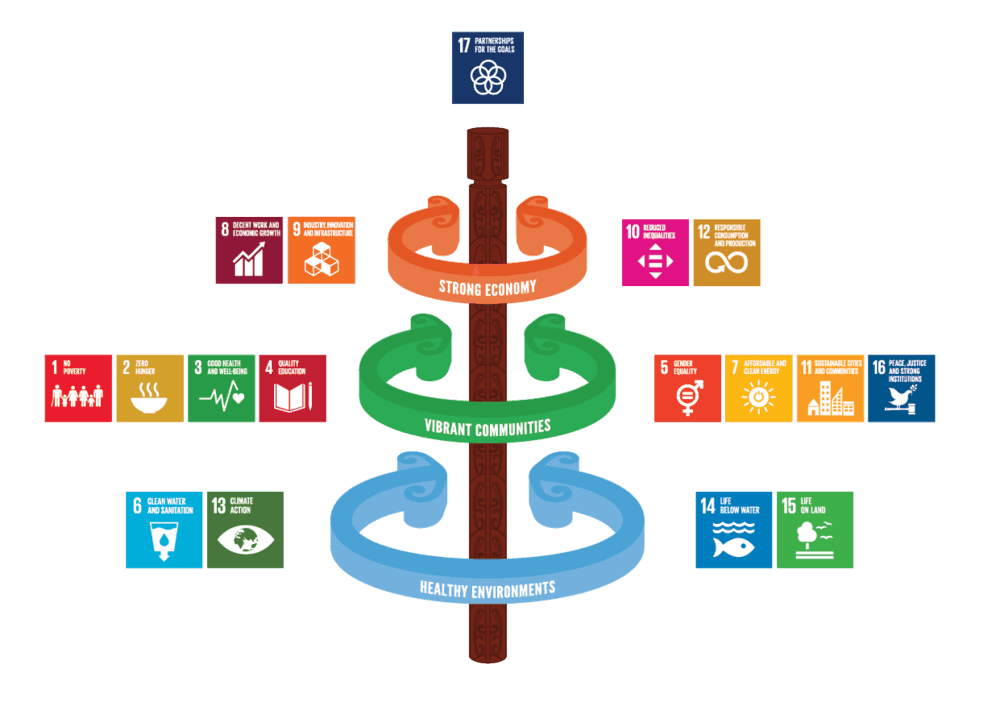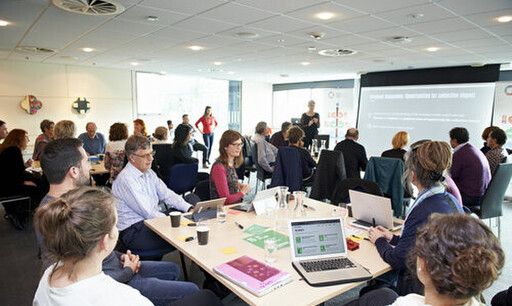Our History
The Waikato Wellbeing Summit
Our summit is a call to action – a call to amplify and accelerate effort that has turned global goals into local targets, and now needs to catalyse those targets into action.
We have an opportunity to rejuvenate a holistic narrative of interrelatedness and inter-generational wellbeing that has existed at the heart of Te Ao Māori for centuries – and develop that narrative to embrace the challenges of today’s complex international world.
The Hon Prime Minister Jacinda Ardern joined community leaders, on Friday 14th 2020, to launch the Waikato wellbeing targets. The targets are aimed at achieving a more environmentally sustainable, prosperous and inclusive Waikato region by 2030 and beyond.
The summit, attended by 350 leaders from across the region, provided an opportunity for people to review the targets and workshop how they can be turned into action in partnership with iwi, councils, community trusts, business, NGOs, researchers and communities.
The ten wellbeing targets are the region’s first set of wellbeing targets to end poverty, fight inequality and act on climate change. The targets are based on the 17, United National Sustainable Development Goals, but have been adapted to meet the unique challenges facing the Waikato region.
The Waikato Wellbeing Project Overview
Achieving a more environmentally sustainable, prosperous and inclusive Waikato region by 2030 and beyond.
The Waikato Wellbeing Project is a community-led initiative to develop a defined set of SMART wellbeing targets for the Waikato, based on the United Nations Sustainable Development Goals (SDGs).
Our Approach
The wellbeing targets were developed by and for the Waikato community. We adopted design thinking as an iterative process to develop 10 initial wellbeing targets.
Building on existing research, such as the Waikato Plan, Vital Signs Report and Waikato Progress Indicators, we kicked off the project with three targeted workshops. With 150+ representatives from across iwi, business, community, education, council, philanthropy, the arts, tourism, health and environment we were able to identify the key challenges and opportunities for our region, as well as shape a number of possible wellbeing targets.
The draft targets were reviewed by social commentator and economist Shamubeel Eaqub from Sense Partners in preparation for our Community Conversations.
Community Conversations
Our community conversations provided the opportunity for individuals and organisations to provide feedback on the targets through a series of face to face sessions and our digital feedback tool. Face to face sessions were held across Hamilton, Thames, Otorohanga and Matamata with over 110+ individuals attending.
The Sustainable Development Goals (SDGS)
The Sustainable Development Goals are the blueprint to achieve a better and more sustainable future for all with 17 goals and over 239 targets. These goals are globally-recognised and have the power to end poverty, fight inequality and act on climate change.
The SDGs have been grouped into three clusters - Environment, Community and Economy - with the central pou acting as our cultural compass to incorporate Te Ao Maaori throughout the Waikato Wellbeing Project.

This beautiful animation shows what the world could look like if we achieve some the Global Goals by 2030. It looks at a selection of global issues, from extreme poverty to gender equality, and tracks the progress that has been made from the start of the millennium.
The Waikato Wellbeing Project Summit Sponsors









